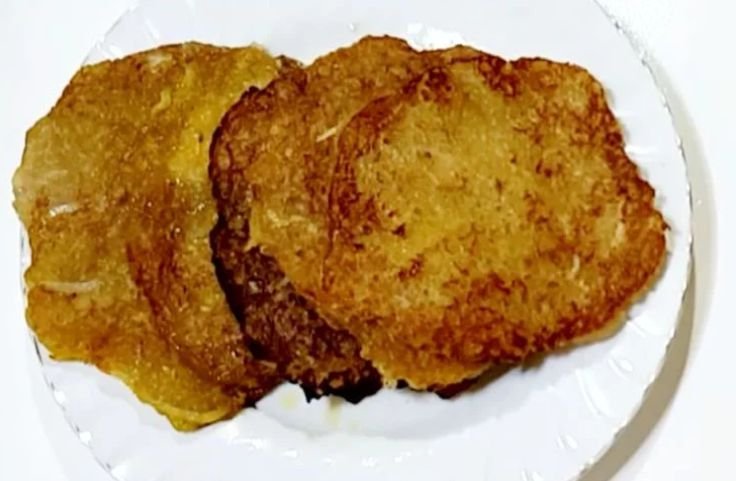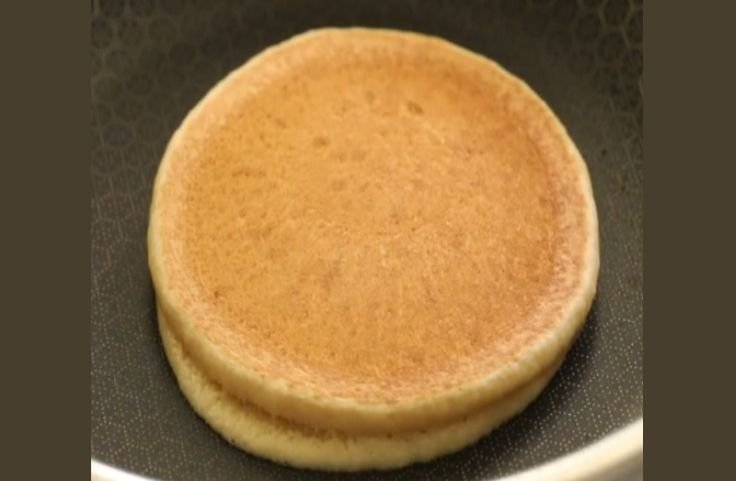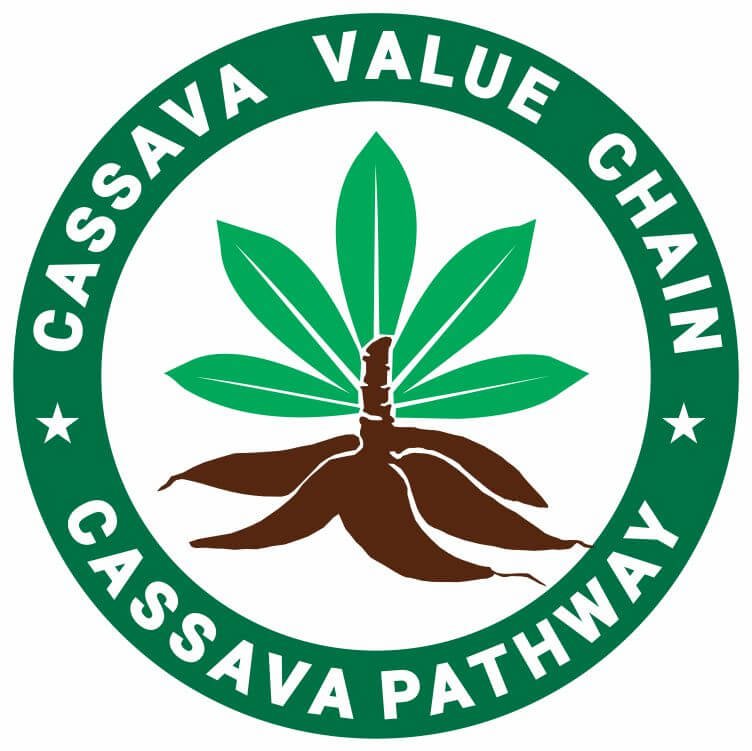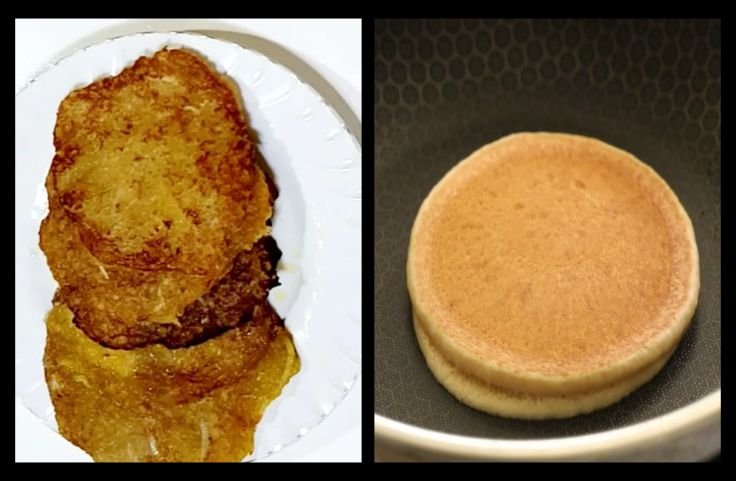Cassava pancake vs cassava flour pancake: what sets them apart? Learn the key differences in ingredients, texture, and taste that make each pancake a unique gluten-free option.
You’ve probably heard about both cassava pancake and cassava flour pancake and wondered if they’re different.
They sound alike, and both start with the same cassava root. But the way each one is made changes the taste, texture, and even how they feel in your mouth.
If you’re trying to choose the better option for your gluten-free diet or simply curious about what goes on your plate, it helps to know exactly what sets them apart.
One uses grated cassava. The other uses finely ground cassava flour.
That alone can change how your pancake turns out.
So before you mix your next batch, let’s help you understand how cassava pancake compares to cassava flour pancake, and which one might suit your kitchen better.
Table of Contents
- Cassava Pancake vs Cassava Flour Pancake: What Sets Them Apart?
- Texture and Taste: What Your Mouth Will Notice First
- Preparation and Cooking: How Each Pancake Comes to Life
- Cultural and Regional Influence: Where Tradition Meets Today’s Table
- Nutritional Differences: What You’re Eating
- When to Choose One Over the Other: Picking What Works for You
- Conclusion
- Frequently Asked Questions (FAQs)
Cassava Pancake vs Cassava Flour Pancake: What Sets Them Apart?
Cassava pancake and cassava flour pancake offer very different experiences.
Understanding the ingredient behind each one helps you choose what works best for your needs.
Cassava Pancake: Made from the Whole Root

When you use grated or mashed cassava root, you’re working with the plant in its raw, full form.
This keeps the fibers and natural structure intact, giving your pancake a dense and chewy bite.
The taste is earthier and slightly nutty, which adds character to your meal.
If you enjoy food that feels hearty and closer to nature, this might be your pick.
The whole root also holds more fiber, which may support digestion and keep you fuller longer. More on cassava pancake recipe here.
Cassava Flour Pancake: Milled and Refined

Cassava flour pancakes begin with peeled, dried, and ground cassava.
This fine flour removes most of the fibrous texture, so your pancakes come out softer and lighter.
If you’re looking for something that mimics a traditional wheat pancake without the gluten, this is a great fit.
The texture is smoother, and the flavor is milder. It’s also easier to blend with other flours or ingredients, making it a flexible option for gluten-free cooking. See an in-depth post on cassava flour pancake here.
Related Posts
Cassava Pancake Mix vs Cassava Flour Pancake Mix
Healthy Cassava Root Recipes for Weight Loss
How to Make Boba Pearls Without Tapioca Starch
What are Yuca Fries? Aka Cassava Fries or Yuca Frita
How to Make Crunchy Fried Cassava Chips
12 Cassava Foods from Latin America
Cassava-based Foods Around the World
Texture and Taste: What Your Mouth Will Notice First
When you take a bite, the texture and taste tell you everything. Cassava pancake and cassava flour pancake don’t feel or taste the same, and here’s why it matters.
Cassava Pancake: Bold Texture and Earthy Flavor
Cassava pancakes made from the whole root give you a dense, chewy bite that feels more filling.
The natural starch and fiber are still present, and that creates a hearty mouthfeel.
You’ll notice a slightly nutty, earthy flavor that reminds you it came straight from the ground.
If you like pancakes with personality that stand out even without toppings, this version might be more your style.
Cassava Flour Pancake: Soft Bite and Milder Taste
Cassava flour pancakes are smooth and fluffy. Since the flour is made by drying and grinding the root, you lose some of that natural texture and flavor.
What you get in return is a softer, lighter pancake with a clean base.
Because the taste is mild, you’ll probably want to add vanilla, cinnamon, or another flavor to bring it to life. It blends well with sweet or savory ingredients.
Related: Is Cassava Paleo? What Paleo Eaters Should Know
Preparation and Cooking: How Each Pancake Comes to Life
The way you make cassava pancakes compared to cassava flour pancakes changes everything from start to finish.
One asks for hands-on effort, the other keeps it simple.
Cassava Pancake: More Work but a Homemade Feel
Making cassava pancakes starts with peeling fresh cassava roots. You’ll need to grate them by hand and squeeze out the moisture using a cloth or press.
It takes time and some elbow grease, but the result feels rustic and personal.
If you enjoy hands-on cooking and like to connect with your food from start to finish, this method gives you that satisfaction.
It’s a slower process, but the flavor and texture reflect the work you put in.
Cassava Flour Pancake: Quicker and Easier to Handle
If you’re short on time or new to cooking, cassava flour pancakes will make your life easier.
You just mix the flour with water, eggs, and seasonings, then pour the batter onto a hot skillet.
There’s no peeling, no grating, and no squeezing needed. It’s perfect for busy mornings or quick meal prep.
The flour blends easily, cooks fast, and still delivers a gluten-free pancake that fits into your diet without stress.
Related: Cassava Flour Pancake Troubleshooting
Cultural and Regional Influence: Where Tradition Meets Today’s Table
Cassava pancakes and cassava flour pancakes tell two different stories. One connects you to long-standing traditions, the other fits right into modern health-focused lifestyles.
Cassava Pancake: Rooted in Culture and Daily Life
In many parts of Africa, the Caribbean, and Southeast Asia, cassava is more than food.
It’s part of daily meals, passed-down recipes, and community gatherings.
Cassava pancakes are shaped by local customs and often include native spices or ingredients.
You might find them served during festivals or shared among neighbors.
Making and eating them connects you to a cultural rhythm where food carries meaning, not just taste.
If you enjoy recipes with a story behind them, this traditional dish brings that connection to your kitchen.
Cassava Flour Pancake: A Modern Take for New Lifestyles
Cassava flour pancakes have grown in popularity with the rise of gluten-free and paleo diets.
They fit into today’s health goals while keeping a familiar pancake structure.
If you’re trying to avoid wheat but don’t want to lose the feel of a classic pancake, cassava flour offers that balance.
You get a smoother texture that works well with fruit, honey, or any topping you like.
It’s a modern choice that still traces back to the same root, just with a different spin.
Nutritional Differences: What You’re Eating
What goes into your pancake affects how you feel after eating it.
Grated cassava and cassava flour each offer something different when it comes to nutrition, and here’s what to know.
Grated Cassava: More Fiber and a Gentler Impact
When you use fresh grated cassava, you keep more of the root’s natural fiber.
That extra fiber supports digestion and can help you stay full longer.
It also slows down how fast your body absorbs sugar, which can keep your energy more stable.
If you’re watching your blood sugar or want a pancake that won’t leave you feeling hungry an hour later, this is the better option for you.
Cassava Flour: More Calories and a Higher Glycemic Load
Cassava flour is more processed, so it loses most of the fiber but keeps a dense concentration of carbs.
That makes it higher in calories and quicker to raise your blood sugar.
If you’re following a gluten-free diet and like the softness of flour-based pancakes, it still works well.
But if you’re managing your weight or blood sugar, you may want to watch your portion size or pair it with a protein source.
When to Choose One Over the Other: Picking What Works for You
Choosing between cassava pancakes and cassava flour pancakes depends on your time, taste, and health goals.
Both are good options, but each fits a different need.
Choose Cassava Pancake: When You Want a Traditional and Filling Meal
If you like a pancake with more bite and natural flavor, grated cassava is the way to go.
It gives you a chewy texture and a deeper taste. This option takes more time to prepare, but the process can be rewarding if you enjoy making food from scratch.
It also works well if you want to stick to traditional recipes or serve something that feels more homemade and wholesome.
Choose Cassava Flour Pancake: When You Need Quick and Easy
For busy mornings or a fast gluten-free option, cassava flour gets the job done.
It mixes easily with your usual pancake ingredients and cooks quickly.
The texture is softer, and the taste is milder, making it easy to match with fruits or syrups.
If you’re switching from wheat pancakes, this is an easier place to start without needing to change your routine much.
Go with Whole Cassava: If You’re Looking for More Fiber
Whole cassava keeps the root’s natural fiber, which supports digestion and may help you stay full longer.
If you’re aiming to add more fiber to your meals or prefer less-processed food, grated cassava gives you that edge.
It’s also a smart pick when you want something hearty that feels satisfying and closer to the original plant.
Go with Cassava Flour: If You Need a Lighter Meal
Cassava flour is easier on the stomach for some people, especially if you’re sensitive to heavy meals or looking to avoid too much fiber.
The flour’s smoother texture and lighter feel make it a good choice for simple meals or snacks.
If digestion is a concern or you want something gentle, this pancake fits the bill.
Conclusion
Choosing between cassava pancakes and cassava flour pancakes comes down to how you like your food and how much time you want to spend in the kitchen.
If you enjoy heartier meals with more fiber and a strong connection to traditional cooking, grated cassava brings that experience.
If you want a quick, easy way to make soft, gluten-free pancakes that fit into your daily routine, cassava flour works better.
Both start with the same root but give you very different results on the plate.
Now that you know the differences in texture, taste, prep, and nutrition, you can decide what fits your needs best.
Your next pancake choice can feel more thoughtful, not just convenient.
Frequently Asked Questions (FAQs)
Are cassava pancakes and cassava flour pancakes different?
Yes, cassava pancakes use grated whole root, while cassava flour pancakes use milled flour, resulting in different textures, preparation methods, and slightly different flavor profiles.
Which pancake has more fiber and nutrients?
Cassava pancakes made from whole root contain more fiber and vitamins since the entire cassava is used, unlike cassava flour which loses some nutrients during processing.
Do cassava and cassava flour pancakes taste the same?
They both have a mild, slightly nutty flavor. However, cassava pancakes are chewier, while cassava flour pancakes are lighter and crispier depending on how they’re cooked.
What toppings go best with these pancakes?
You can enjoy both with sweet or savory toppings like fruit, honey, or eggs. They’re flexible enough to fit breakfast, brunch, or snack times.
Are cassava pancakes gluten-free?
Yes, both cassava and cassava flour pancakes are naturally gluten-free, making them suitable for people with gluten sensitivity or those avoiding wheat-based products.

Chimeremeze Emeh is a writer and researcher passionate about Africa’s most transformative root crop—cassava. Through his work at cassavavaluechain.com, he explores the entire cassava industry, from cultivation and processing to its diverse applications in food, health, and industrial use.
He also writes for palmoilpalm.com, where he shares his extensive experience and deep-rooted knowledge of palm oil, covering red palm oil, palm kernel oil, and refined products. His work there reflects his lifelong connection to agriculture and his commitment to promoting sustainable value chains in Africa.
Driven by curiosity and purpose, Chimeremeze aims to shed light on how cassava continues to empower communities, strengthen food systems, and link traditional farming wisdom with modern innovation.

